 |
Various publications give the quantity of herbicides used by US forces in the war in Vietnam from 72 to 80 million litters. According to Alvin L. Young, a former colonel who was involved in the research and de- velopment of herbicides for the US army in the 1960s and is currently working as a professor at Oklahoma University. From 1961 to 1971, US forces used in South Vietnam 356,440 barrels herbicides (approximately 74,139,520 litters). This included 43,332,640 litters of Agent Orange. In 1971 and 1972, the use of the herbicides were stopped because of adverse health effects of the herbicides/dioxin on the environment, ecosystems and humans coupled with strong condemnation from international communities and including those in the US. The Pacer Ivy operation was launched to collect and transfer 1.8 millions litters of herbicides to Johnston island in Pacific ocean for destruction.
Some questions have arisen in dentifying the extent of the herbicide war.
Why does the data proposed by A.L.Young (2007) differ with those of J. Stellman (Nature, 2004) which is 80 millions litters estimated (I.Stellman is a leader of research group on herbicides/dioxin in Columbia University, US)
How was the Pacer Ivy operation carried out? is it possible to collect all herbicides/dioxin barrels from US airbases during extensive war time in 1971-1972? How did the US forces and those of the former Sai Gon Republic Regime treat the barreis of herbicides when it was impossible to collect?
Collecting and repairing the drums containing herbicides left behind in the heavily contaminated sites such as those in the southern part of Da Nang airbase and those in Bien Hoa, which were informed recently by the US Department of Defense in April 2007 is of great concern. The actual extent and level of contamination in these areas are not known. In addition contamination in similar areas of Pacer Ivy in other former US airbases is also a question?
Also according to information from DOD, seven herbicide-spraying aircrafts were shot down during Ranch Hand. Crash sites have not yet been identified. There is a possibility that at crash sites, dioxin contamination is still high given experience from Da Nang and Bien Hoa airbases. Such potential contaminated sites may still cause health risk to people and thus need to be identified for containment.
As time passes, identification of extent and level of contamination becomes more difficult. Identification of people who were exposed to dioxin is not simple. Even if people were exposed to dioxin during the wartime, the concentration in their body now has decreased significantly and sometimes may not be found, while related diseases induced gradually and become more severe. This is one of important reasons why identification of dioxin victims is difficult and number of recognized victims has not been clearly identified.
We have tried our best in research etc to overcome the consequences of herbicides/dioxin. There are still many complex questions regarding extent and level of the herbicide war and even more complex questions in regard to the consequences on the environment and people of Vietnam. While waiting for comprehensive research to answer these questions, we need to take actions at larger scale, with higher effectiveness to overcome consequences of herbicides/dioxin on environment and people.
Toxicology magazine




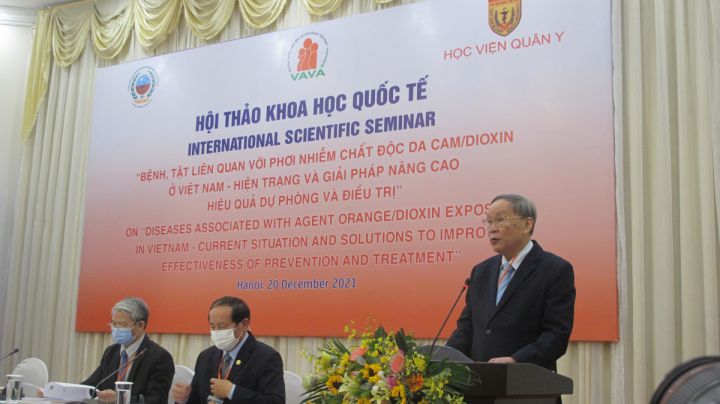

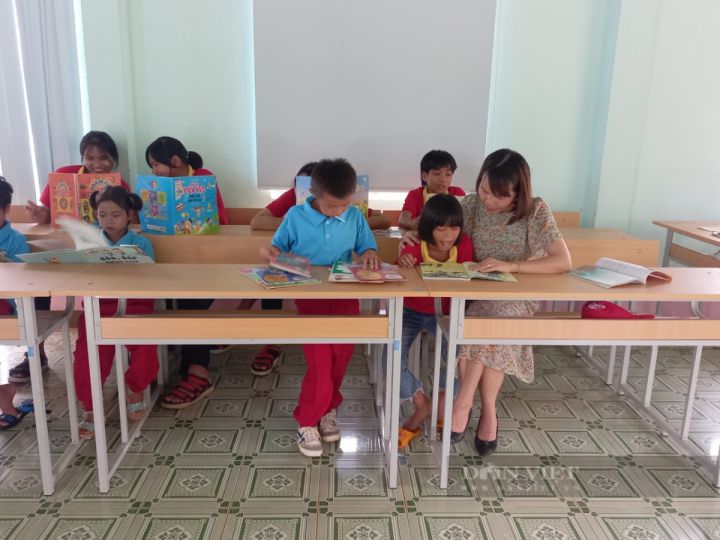
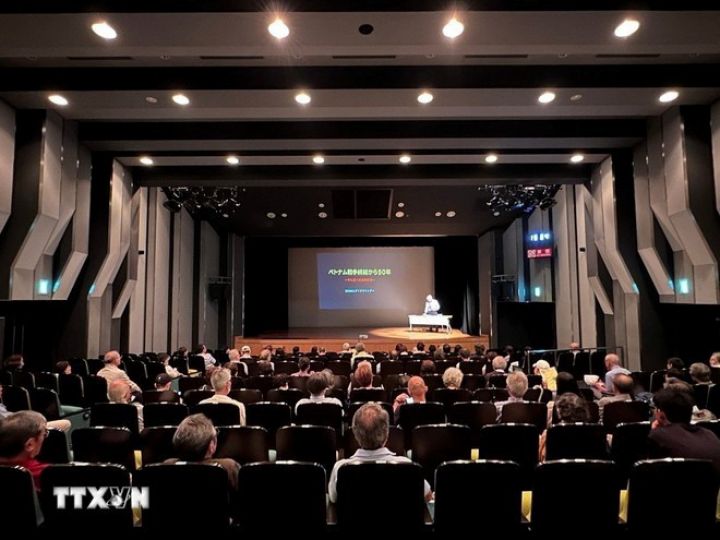


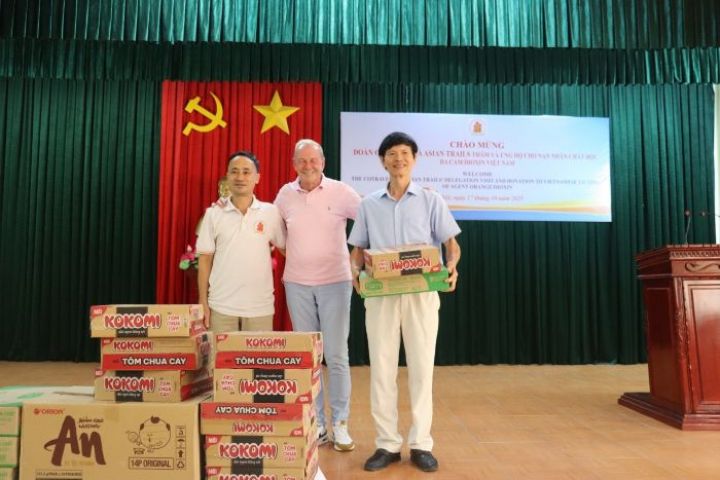












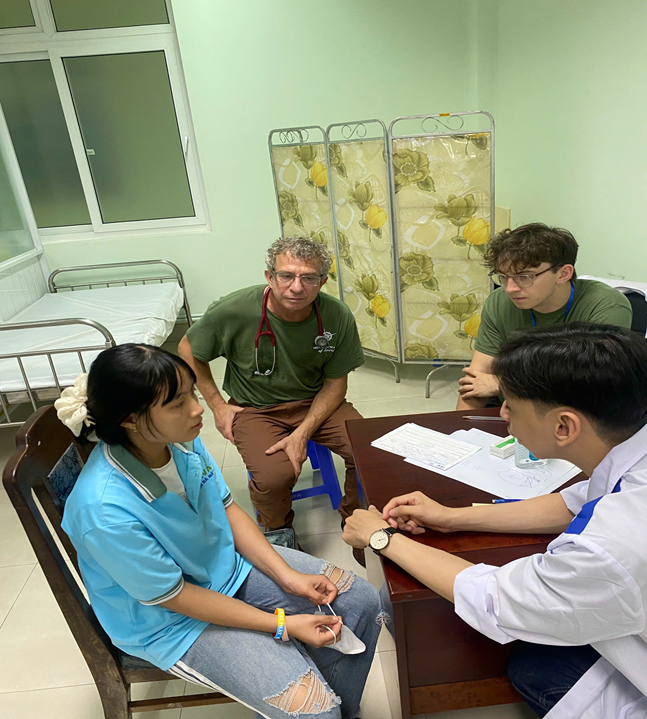
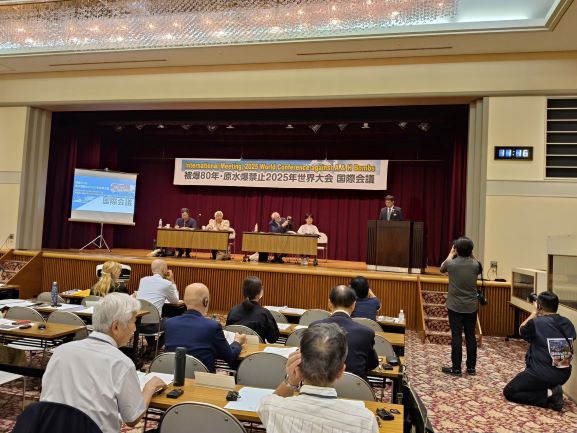
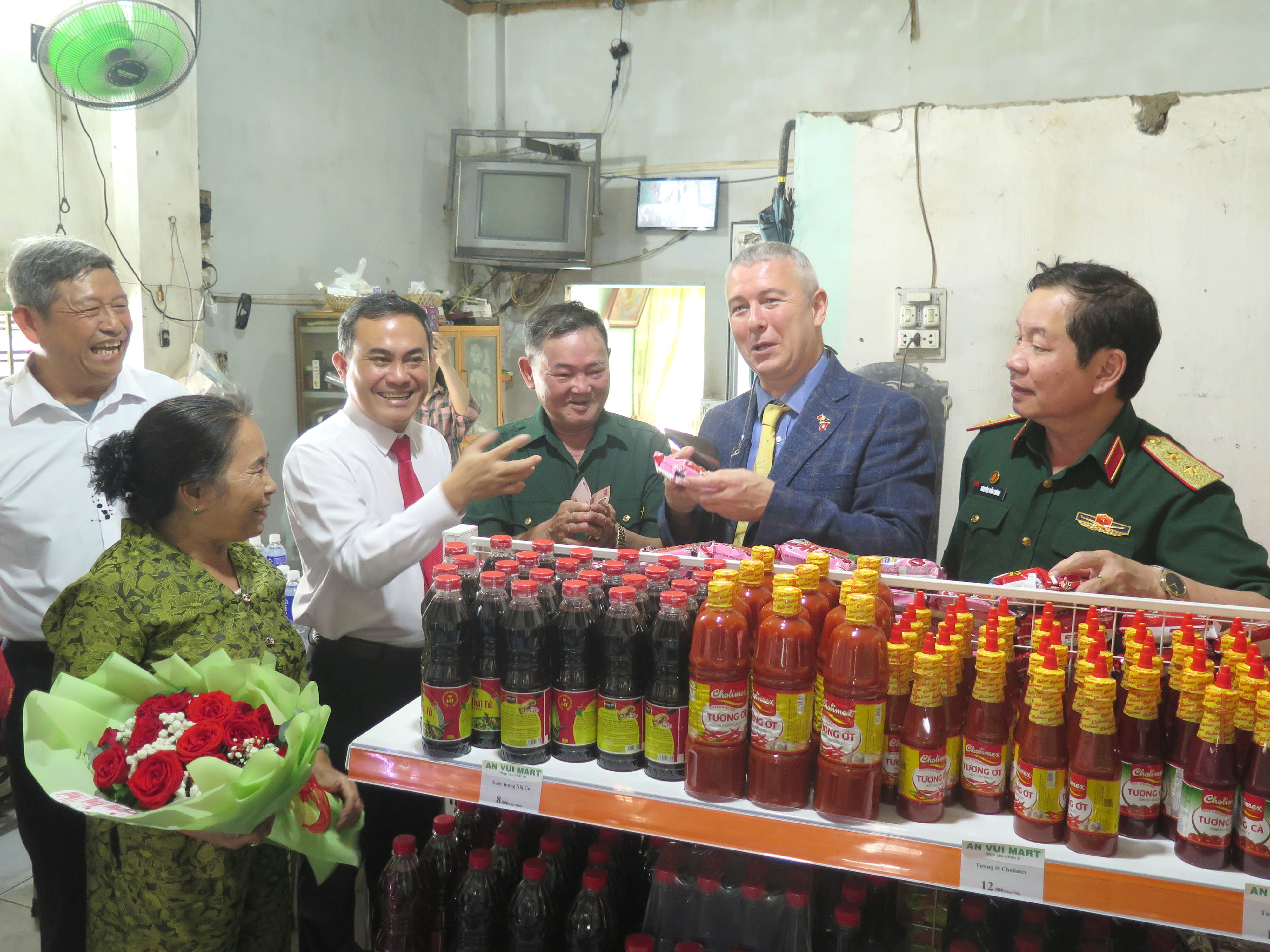
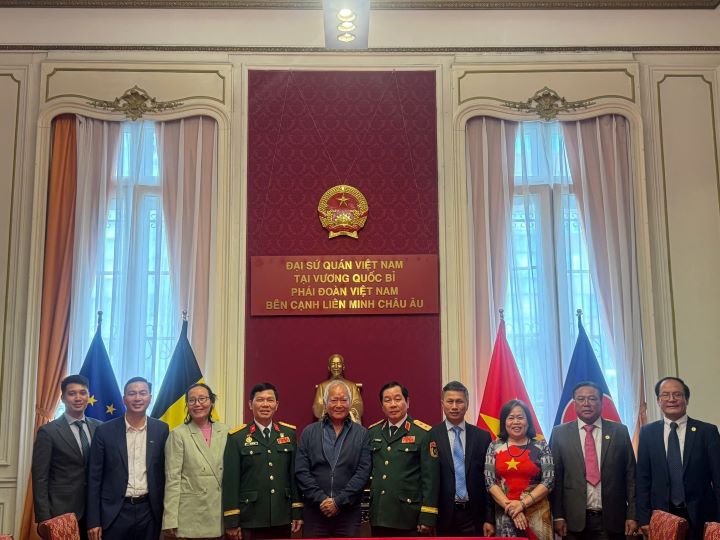

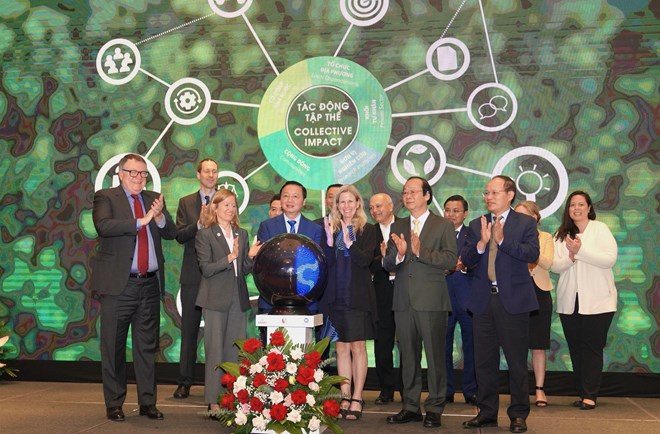

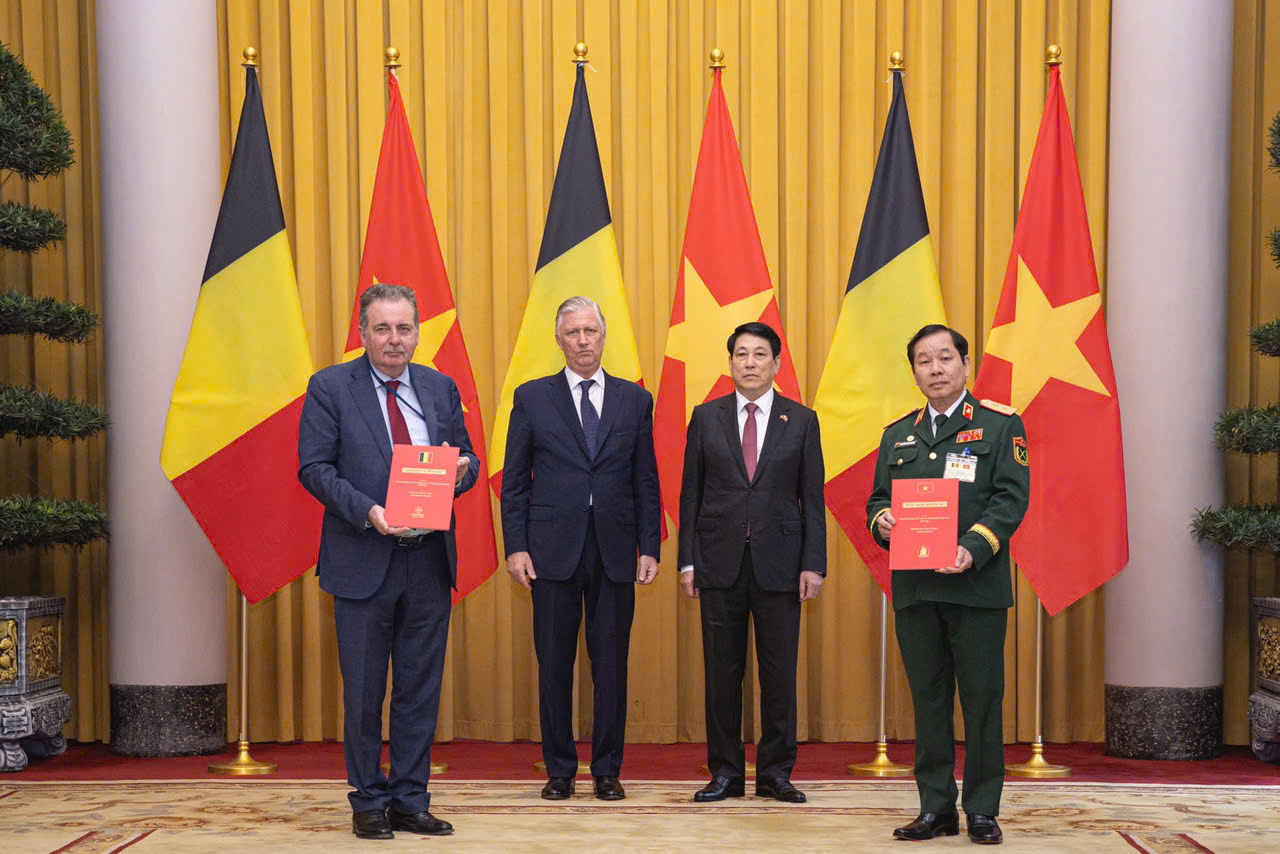


.jpg)
Comment